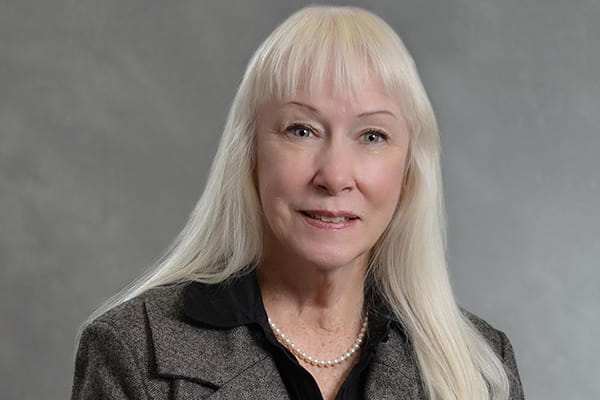Beyond the 'Winter Blues': Five Things to Know About Seasonal Affective Disorder

For some people, this time of year — when the days are short, darker and cold — means depression that can interfere with things like work, sleep and eating. This phenomenon, called seasonal affective disorder (SAD), goes beyond the “winter blues” and can strongly disrupt people’s daily lives. But the good news is that treatment is out there.
What is SAD?
Seasonal affective disorder is a type of depression that occurs during the same time of year at least three years in a row. The most common type begins in the fall, usually around the date when we turn the clocks back an hour with the end of Daylight Saving Time, and lasts until spring, around the date we “spring ahead” an hour. The symptoms may be the same as nonseasonal depression, but they often involve oversleeping, overeating (especially carbohydrates) and fatigue. It’s almost like “human hibernation.” SAD can be severe enough to interfere with daily functioning, such as a teacher who cannot work from early November until late March.
How is it different from winter blues?
It is not uncommon for people to feel decreased energy and enthusiasm during the darker, colder months of the year, a condition referred to as “winter blues.” Although not a pleasant feeling, it does not become debilitating. Once someone is no longer able to work or study because of these symptoms, he or she has probably developed SAD.
Can it be treated?
Yes. Although SAD can be treated with antidepressant medications, a form of therapy known as phototherapy, or light therapy, is often particularly helpful. If someone is already being treated for depression with medications and/or psychotherapy, but notices a worsening of symptoms in the fall, adding light therapy can be very effective.
How does light therapy work?
One of the primary theories of the mechanism by which light therapy treats SAD is that the addition of the light turns off the secretion of melatonin in the brain. Melatonin is usually secreted at night, in the dark, and helps quiet the central nervous system, thus inducing sleep. In some people, the decreased daylight in the fall and winter is not sufficient to turn off the melatonin during the day, leading to the symptoms of fatigue, lack of energy, and the desire to sleep and eat excessively.
Light therapy must be done every day, usually in the morning for about 30 minutes. One sits in front of a special light, at a specified distance with eyes open, but not looking directly at the light. One may read, eat, knit, or engage in any other activity as long as the eyes are open. Positive effects are usually noticed in five to seven days.
How do I get started with light therapy?
The first step is to talk with your doctor or mental health professional about your symptoms and decide together if light therapy is likely to be helpful for you. You do not need a prescription for the light therapy apparatus, and many different models are available online. The most important feature is the brightness measure, known as the lux. To obtain the therapeutic effect, 10,000 lux is necessary. All devices come with detailed instructions, and most have a money-back guarantee. It is especially important for anyone with bipolar disorder (manic depressive illness) to be seen regularly by his or her mental health professional during light therapy because, like all antidepressant treatments, light therapy could induce mania.
Rita Shaughnessy, M.D., is an associate professor in the Department of Psychiatry at Drexel University College of Medicine and director of outpatient programs. She specializes in treating adults with mood disorders. She sees patients at Drexel Psychiatry in Center City.
In This Article
Drexel News is produced by
University Marketing and Communications.
